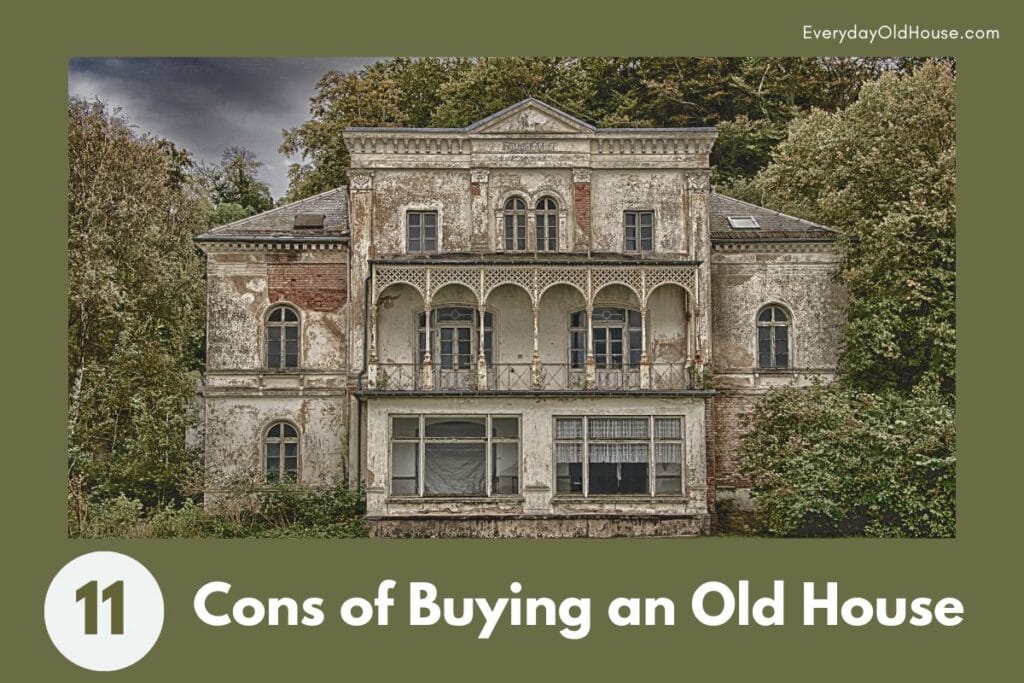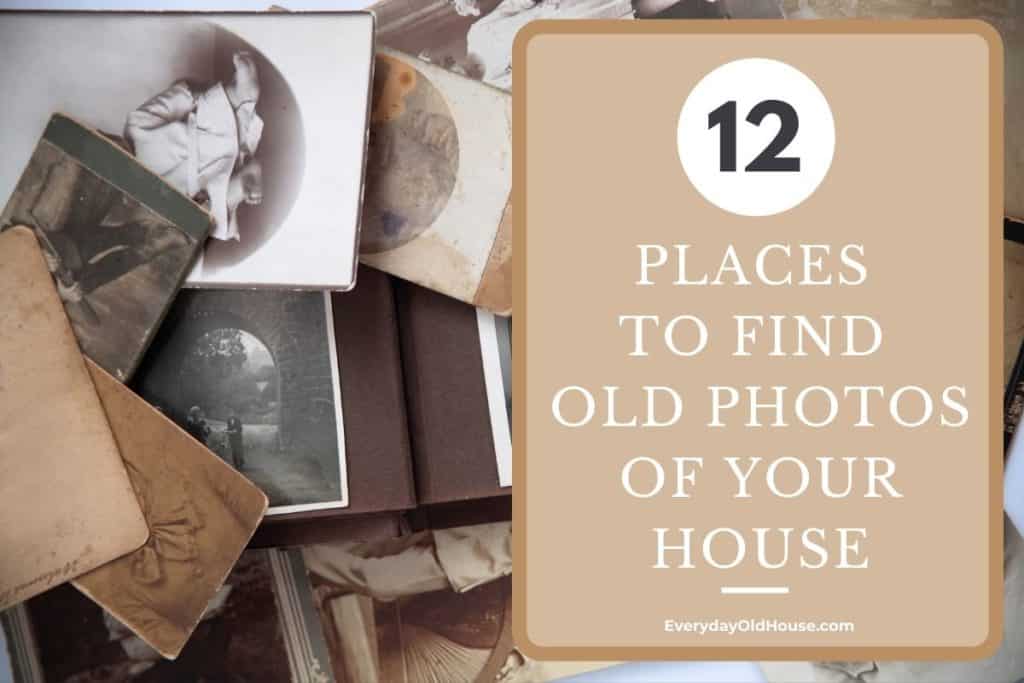Last Updated on February 5, 2024
Old houses possess a vintage charm and expert craftsmanship unparalleled by newer “cookie-cutter” style homes. While admittedly, the experience can be daunting at times, the benefits of living in an old house are unrivaled. Here’s 9 reasons why old houses are better than new….
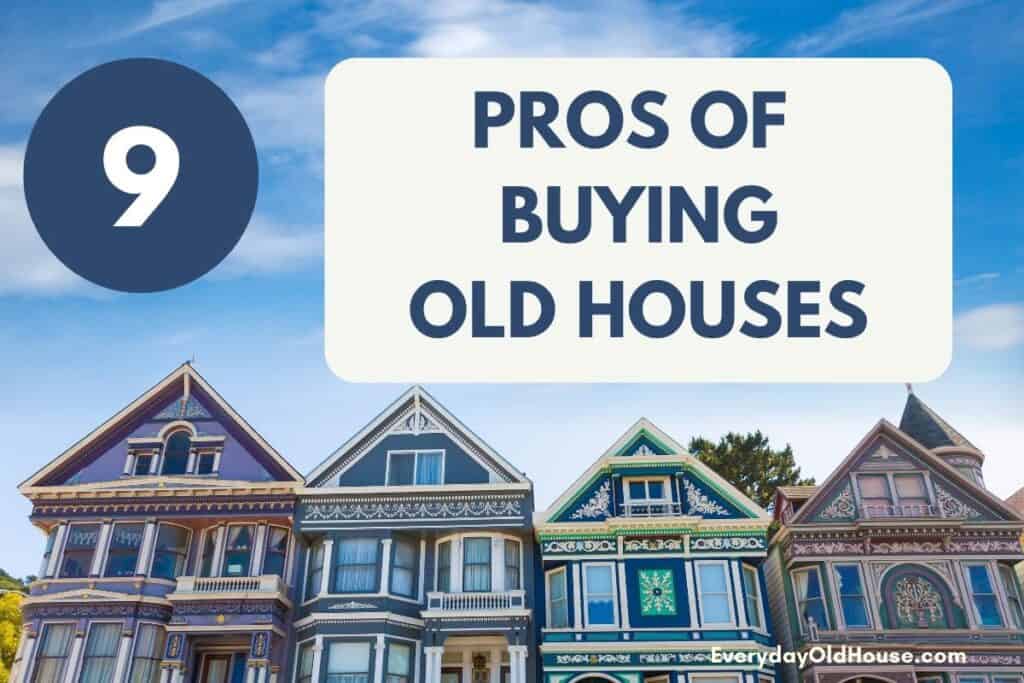
9 Reasons Why Old Houses are Better Than New
While it’s easy to identify some obvious benefits of old houses (ex: enduring character), there are many reasons why old houses are better than new (ex: larger lot size). Read on for the pros of buying and owning an old house.
1. Charm & Character
Alright, let’s the get the more obvious reason why old houses are better than new. Old homes boast a welcoming charm and quaintness you don’t usually see with new builds. Historic houses reflect a variety of architectural styles, like Victorian and Craftsman, that possess distinctive architecture characteristics that you don’t see in newer homes.
For example, crown moldings, stained-glass windows, arched doorways, window seats, antique chandeliers, quaint door knobs, etc…
You get the picture. When have you seen these in a recent build?
These individualized features and attention of detail that give old houses their unique personality is lost on modern developers. Newer developed neighborhoods have rows of similar style houses, results in that “cookie-cutter” look.
Yet, in my humble opinion, the classic character of an old house offers a warm welcoming vibe that those cookie-cutter homes just can’t compete with, even with all those HGTV tips.
2. Lot Size
In general, older homes tend to sit on larger lots. This may not be the case in every geographical area, so it’s worth comparing lots sizes of old and new homes in your real estate market. You might find that an old home offers more land at a value than a newer build.
In the past, land was more plentiful and relatively cheaper. However, in recent decades as undeveloped land became more scare, some developers have started squeezing homes onto lots the size of a postage stamp.
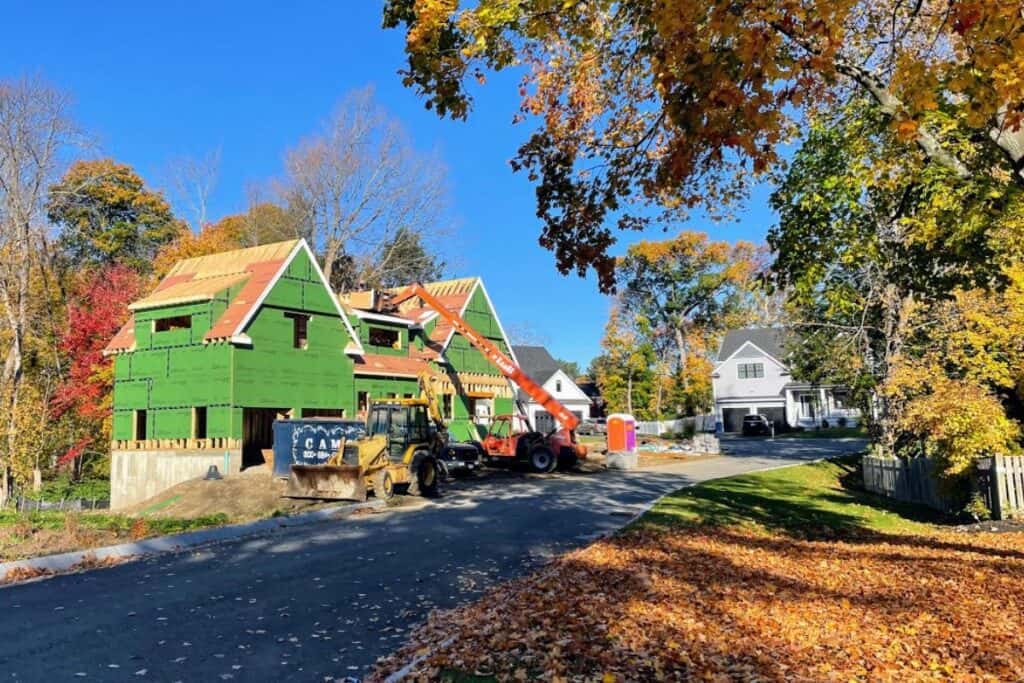
According to research reported by The Atlantic, the average lot size has decreased by about 13% since 1978. And while 13% may not seem like a huge chunk, it can be significant if you appreciate a generous outdoor space for gardening, entertaining, or for pets and children to play.
3. Better Materials & Craftsmanship
There’s a reason the saying “they don’t build them like they used to” is so popular. Because it’s true…. Why? Here’s a few examples.
Older homes were usually built with a higher caliber of solid building materials such as stone, brick, and solid wood. For example, wood in old houses was cut from “old growth”, which has proven to be more stable, durable, and more rot-resistant than today’s wood.
Another example is plaster. Old homes used plaster for walls, which is more durable than today’s drywall. Plaster outperforms drywall in superior insulation, soundproofing, fireproofing, and mold-resistance.
Unfortunately, the standard practice today is to install inexpensive, manufactured materials such as particle board and drywall to cut down on costs.
In addition, old houses were built with a different mentality. Homes were built to be repaired, not replaced. New homes aren’t built with longevity of materials in mind. For example, most of today’s replacement windows are made from vinyl, which only have a lifespan of 20-25 years. However, wood windows in old houses, if well-maintained, can last over 100 years.
4. Established Landscaping
Older homes possess the privilege of established landscaping. Trees planted eons ago have matured into tall, shady areas of respite on a hot sunny summer day. Large, sturdy branches call for tire swings, triggering fond childhood memories.
Mature landscaping is the product of decades of previous homeowners carefully choosing plants to reflect their personality and vision for their homes. And not only can mature trees and landscaping bring emotional benefits, but if well-situated, they can also significantly lower energy bills.
Meanwhile, landscaping in new home builds appear to be an afterthought. Some developers pick cheap plants that they can buy in bulk, with little variety. And they are likely immature plants – saplings that will take decades to mature and cast enough shade to sit under and enjoy.
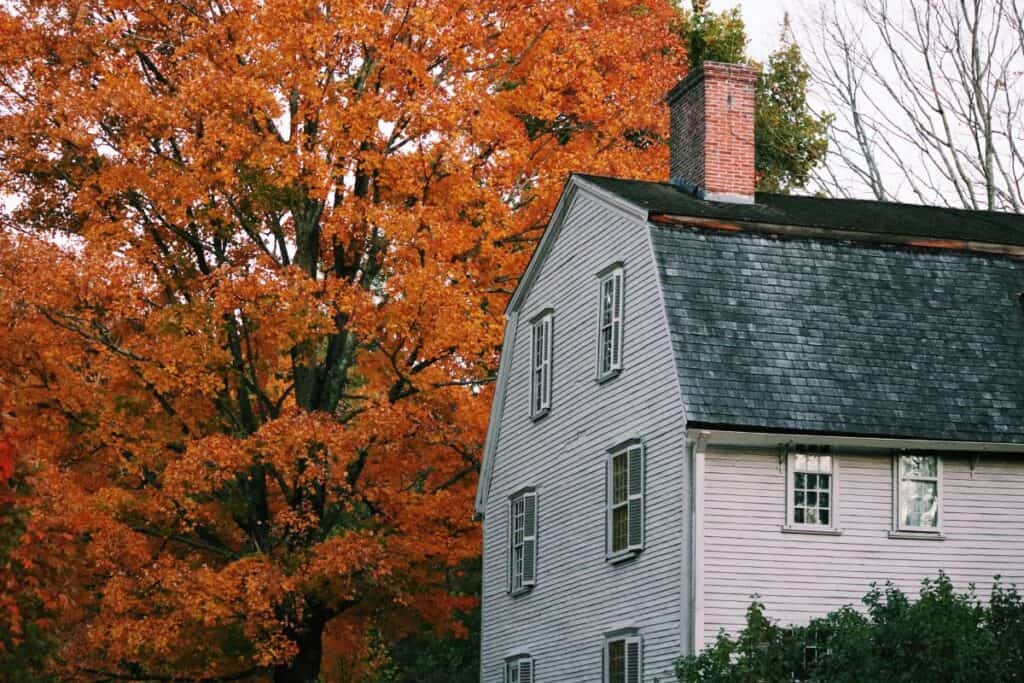
When we bought our our house, the landscaping has been woefully ignored and overgrown. For example, there was so much overgrown that our “sunroom” didn’t actually receive any sun….
But we treated landscaping like any other home improvement projects. We did our research (thank goodness for YouTube gardening channels). Over time, we removed dead plantings, pruned back HUGE rhododendrons, and transplanted hydrangeas. And it’s turned into a garden we are proud of.
Admittedly, it takes time and elbow grease to tame an overgrown, mature garden. But it takes a lot LESS time and patience to tackle overgrowth than wait for saplings to grow to achieve a gorgeous garden.
5. Location, Location, Location
Another reason why old houses are better than new is that old houses tend to be located closer to a town or city center. Most municipalities built up around a city center of industry and commerce. But as towns grew, developers needed to move further out from the town center to build homes.
Owning an old house increases the opportunity to live in a neighborhood that is right in the thick of things. You’ll live walking distance from a downtown area bustling with amenities such as parks, schools and locally owned shops and restaurants.
6. Established & Diverse Neighborhood
Not only will you be living in a more central location with an old house, but you will also be moving into a neighborhood that evolved over decades. What does that mean? You will move into a more diverse area with an eclectic mix of architecture and people.
Newer developments are filled with homeowners who all bought around the same time. And because of that, likely share similar life goals and visions.
However, in old houses you will find a greater diversity of homeowners in difference seasons of life. For example, a young homeowner with a growing family moves next door to an elderly couple who have lived there for 40 years, watched their children grow, and now are welcome grandchildren for Sunday dinner. There may even be old houses that have been passed down for generations!
By moving into an area that was developed eons ago, you are walking into history. And you are now a part of it. Buying and moving into an old house is like opening a good book, and you are writing the next chapter. Doesn’t that sound adventurous and fun?
7. Lower Purchase Cost
In general, old houses tend to sell for less money than new builds. Various sources indicate that newer houses can cost anywhere from 10% to almost 50% more than older homes. Apparently charm and character cost a lot less than the latest and greatest appliances and countertops….
Naturally, a lower purchase price for an older house is not a hard and fast rule. It depends on several factors, including the condition of the house. Older houses can have outdated systems that require renovations or upgrades (we will address that con later….). And the selling price should reflect that. But by paying a lower purchase price, you have a bigger budget to perform those renovations.
In addition, if an old house is listed on a national, state or local registry, there are numerous financial incentives for purchasing and renovating historic homes.
8. Lower Property Taxes
In addition to lower sales price, old houses tend to have lower property taxes. As you might know, property taxes are calculated by multiplying the assessed value of your house by your municipality’s tax rate.
Due to general wear and tear, or lack of upkeep, older homes tend to be assessed at lower values than newer houses.
That equates paying less taxes. And more money in your pocket.
But note that if you decide to perform significant renovations (i.e. additions, major kitchen upgrade, etc), the value of your home will increase. Your home will be re-assessed and your property tax will be adjusted proportionately (i.e. increased).
9. Less Waiting Time
Another reason why old houses are better than new is the ability to move-in immediately. For brand-new homes still under construction, you might be waiting a few months (or even over a year!) for the builder to finish.
With today’s current supply chain issues and scarce worker pool, a builder commonly changes the timeline for completion. And a delayed schedule can put you in a tough position, scrambling last-minute for temporary housing until your new house is finally finished.
With older houses, it’s all yours at closing. And unless you have major renovations plans, you can move in an old house that very day.
Wrapping It Up
While old houses possess distinctive character and lower purchase price, buying an old home does have its risks. If you are in the market for a new home and debating between old versus new, you might want to understand the disadvantages of buying an old house.
Related Posts
Want to be the first to know about new posts? Be sure to follow me on Pinterest, Facebook, Instagram or Twitter of even Etsy! Or better yet… Subscribe below!
My monthly (admittedly sometimes more, sometimes less….) emails are like receiving a unexpected letter from an old friend WITHOUT needing to put on your slippers and walk out to your mailbox…. See? I got ya, my friend!)
[Note: My posts are proudly connected to these amazing link parties full of DIY ideas and inspiration!]

